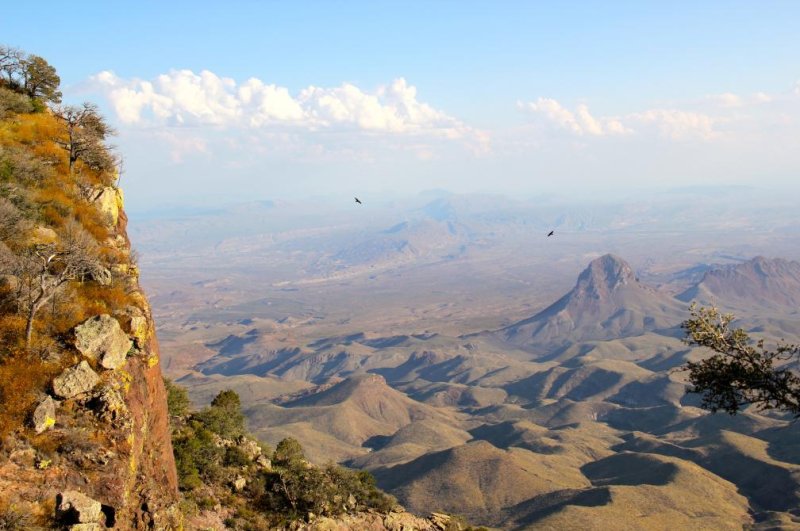High winds blowing across the Chihuahuan Desert can help colonies of microorganisms connect water basins separated by hundreds of miles. Photo by daveynin/
Flickr
March 13 (UPI) -- New research shows waterborne microinvertebrates can be dispersed across large deserts by high winds.
Because these organisms form the base of food chains among arid habitats, the impact of climate change on their dispersal patterns could influence delicate ecosystems.
"These novel findings might have large implications for freshwater systems," Elizabeth J. Walsh, an ecologist at the University of Texas at El Paso, said in a news release.
During a previous study of the Chihuahuan Desert in Mexico and West Texas, Walsh and her colleagues were surprised to find colonies of related microinvertebrates linking water basins separated by several hundred miles. Their discovery inspired them to find out how the tiny organisms disperse across such large regions.
"If they weren't being moved by water, and they weren't being moved by other animals, then the next thing we thought is, 'It has to be the wind,'" Walsh said.
As part of the latest study, scientists collected and analyzed dozens of dust samples from across the Chihuahuan Desert. They found microinvertebrates in dormant and developmental stages. In the lab, scientists were able to reanimate and identify a variety of species found in the dust samples.
Next, researchers simulated a windstorm to see if the tiny organisms could survive being blasted through the air at high speeds.
"We took the clean desert soil, in which we mixed microinvertebrates, and blew it into the air," said Thomas Gill, an environmental scientist at UTEP. "After this energetic, turbulent journey through the wind tunnel, our team showed that those organisms, which are about the size of grains of sand in their dormant stage in their development, survived getting sandblasted into the air. They can fly through the atmosphere, maybe hundreds of miles in viable conditions, and still wake up."
Authors of the new study, published this week in the journal Limnology and Oceanography Letters, hope their work will inspire other scientists consider how weather systems influence the movement patterns of tiny organisms across other parts of the planet.















